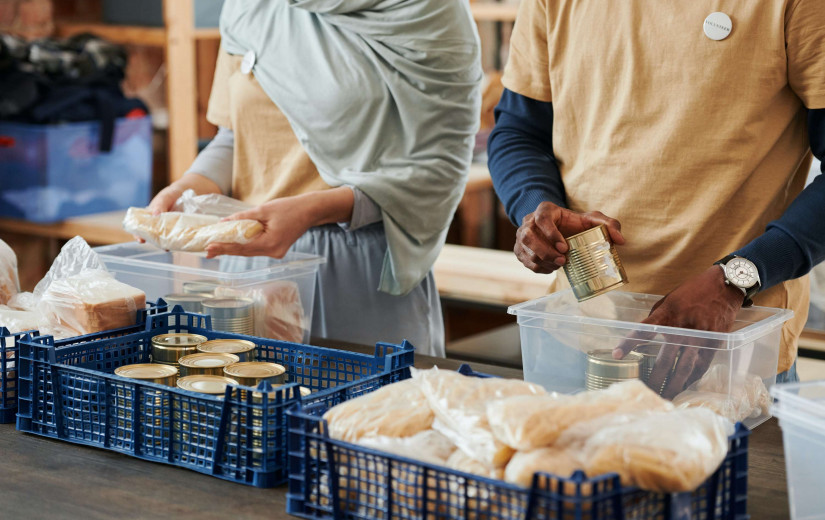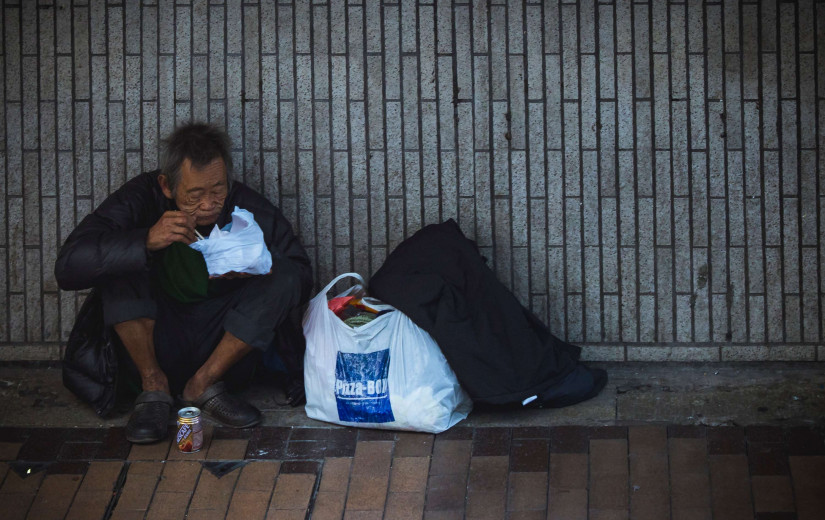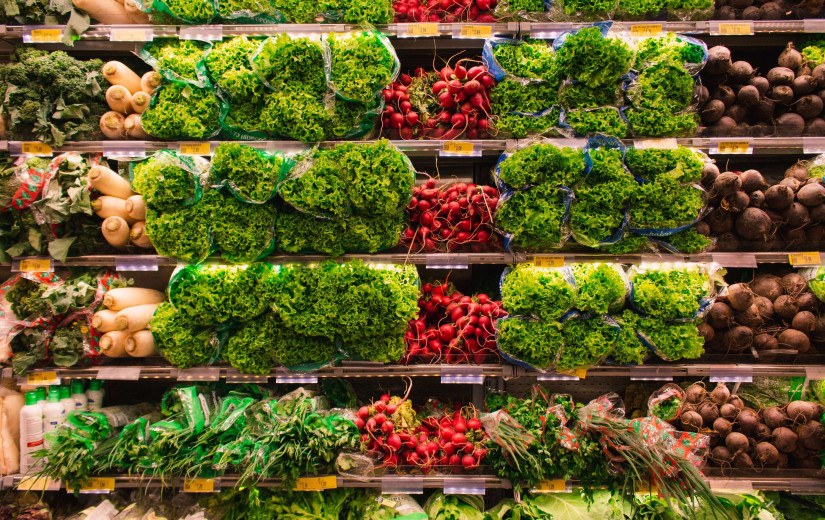What You Need to Know About COVID-19 Herd Immunity and How We Can Lose It
Herd immunity is a phrase that has been thrown around repeatedly over the last year. But what exactly is herd immunity and why is it considered to be the holy grail of the COVID-19 crisis? Here is what you need to know about this concept and why it is not always permanent.
Defining Herd Immunity
Herd immunity is what happens when enough individuals have either been infected with a virus or have been vaccinated so that it is not able to spread as easily throughout the community. When a virus cannot find enough hosts to keep up the spread, it will begin to die out. As more people get the COVID-19 vaccine, the world gets one step closer to achieving herd immunity.
What Does it Take to Get to Herd Immunity?
Medical experts have slightly differing opinions on what it takes to achieve herd immunity. While some professionals put the number as low as 70% of the population, others think that it will take closer to 90% of the population to be immune in order for a community to achieve herd immunity.
It is hard to quantify how many Americans have already had COVID-19 and may have natural immunity. Because so many cases are asymptomatic, it can be difficult to discern what percentage of the population has been infected. However, most experts think that this number is in the ballpark of 20%. Therefore, aiming to have 70% of the population vaccinated should put us fairly close to herd immunity.
One of the biggest roadblocks to achieving this immunity is that none of the vaccines are currently approved for children under the age of 16. This equates to approximately 25% of the US population.
Roadblocks to Achieving Herd Immunity
So now that we know what it will take to achieve herd immunity, what are the possible roadblocks that may prevent this from happening?
- Seasonality of COVID-19 - While there is still a lot to be learned about the COVID-19 virus, medical researchers are confident that it is seasonal. This means that it is more transmissible in the winter than it is during the summer. As such, it is easier to achieve herd immunity during the summer than during the winter. Going in and out of herd immunity may be a possibility as the seasons change each year.
- Hesitance to Vaccines - A significant part of the population has indicated that they will not get vaccinated. Some areas are already seeing a greater supply of vaccine than demand, indicating that a large portion of the community is not receptive to the vaccine. Without buy-in by the majority of the people, herd immunity through the use of vaccines will not be achieved.
- Emergence of Variants - The emergence of new variants is also raising the alarm on the potential of herd immunity. The good news is that the vaccines have demonstrated to provide good protection against the variants. However, if the virus is allowed to keep spreading within unvaccinated groups, it will be provided more opportunity to continue to replicate and mutate. Eventually, these variants could cross the vaccine barrier and begin infecting vaccinated people.
- Increase in Travel - As people begin to travel more freely, this also presents a challenge for holding on to herd immunity. If the US reaches the coveted goal of herd immunity, global travel could introduce more infectious variants back into society. This means that true herd immunity will not happen until it occurs on a global scale.
- Decreasing Immunity - While the vaccines have shown great promise in building immunity, nobody is exactly sure how long this protection will last. Scientists are already working on developing boosters to the vaccine in order to extend this protection. However, there is still a good chance that the herd immunity will begin to slip if the vaccines do not provide long-lasting protection from the virus.
Until this maximum herd immunity is achieved, it is imperative that people continue to wear masks, practice good personal hygiene, and maintain all recommended social distancing protocols.

















